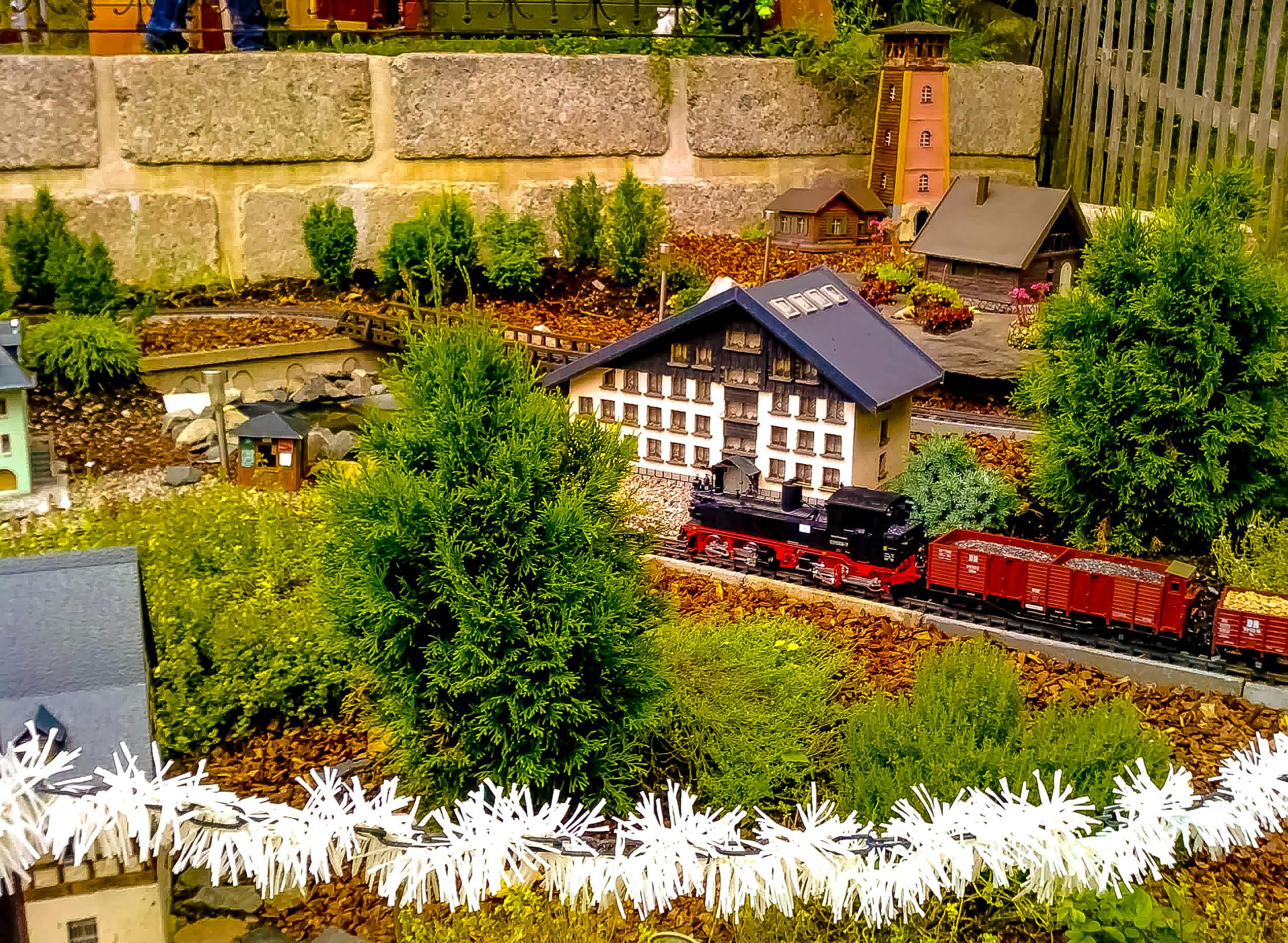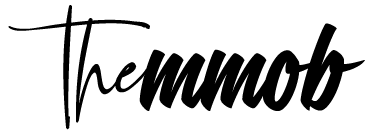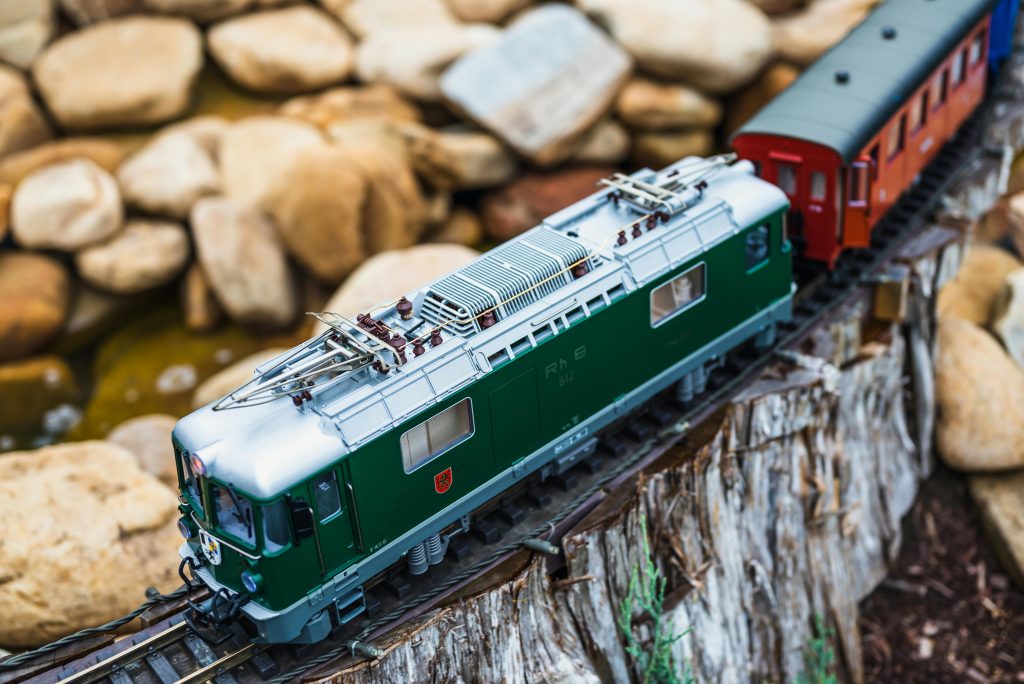Model railroading, often referred to as “railfanning,” is a captivating hobby that blends engineering, artistry, and history. Whether you’re drawn to the intricate details of locomotives, the challenge of building a miniature world, or the simple pleasure of watching tiny trains chug along, this hobby offers endless possibilities.
Choosing Your Scale and Space
The first critical decision is selecting the appropriate scale for your model railroad. Popular options include HO, N, O, and G scales. HO and N are ideal for smaller spaces, offering detailed models in a compact format. O scale provides larger models for those with more room. G scale, often referred to as garden railroads, is designed for outdoor setups.
Consider the dimensions of your dedicated space carefully. A general rule of thumb is to allow at least a few feet of space for a basic track layout. Remember, the scale you choose will dictate the size of your locomotives, rolling stock, and scenery, so it’s essential to match your ambitions with the available area.

Essential Equipment and Starter Sets
To begin your model railroading journey, invest in a starter set. These convenient packages typically include a locomotive, a few cars, a track loop, and a power source. Starter sets are excellent for beginners as they provide a foundation upon which to build. Popular brands offer a variety of starter sets to suit different preferences and budgets.
Once you’ve mastered the basics, you can expand your collection with additional locomotives, rolling stock, and track pieces. Consider the era and type of railroad you’re interested in to guide your choices. For example, if you’re drawn to the golden age of steam locomotives, you might focus on acquiring models from that period.
Building Your Layout
Designing and constructing your layout is a rewarding aspect of model railroading. Start by experimenting with different track configurations to find a layout that suits your space and vision. Many modelers begin with a simple oval or figure-eight track pattern.
Consider the overall theme or era you want to represent. Will your layout depict a bustling urban environment, a serene countryside, or a specific historical period? Choosing a theme will help guide your scenery and rolling stock selections.
When determining the size and shape of your layout, consider factors such as available space, desired complexity, and the types of trains you plan to operate. Modular layouts, which consist of interchangeable sections, are popular for hobbyists with limited space or those who enjoy the flexibility of rearranging their railroad.
Creating a Realistic Atmosphere
Model scenery is essential for transforming your layout into a captivating miniature world. Invest in model scenery supplies like trees, buildings, people, and vehicles to populate your layout. Pay attention to detail, such as adding realistic textures to the ground and creating variations in elevation to add depth and interest.
Consider incorporating water features like rivers, lakes, or even oceans to enhance the visual appeal of your layout. There are various techniques and materials available for creating realistic water effects.
Lighting is another crucial element in creating atmosphere. Install trackside lights, streetlights, and building lights to bring your layout to life, especially during nighttime operation.
Powering Your Trains
Understanding power systems is essential for operating your model trains. The two primary options are direct current (DC) and digital command control (DCC). DC systems are simpler and more affordable, while DCC offers advanced features like controlling multiple trains independently and programming locomotive functions.
Choose the power system that best suits your needs and budget. If you’re new to model railroading, a DC system might be a good starting point. As your interest grows, you can consider upgrading to a DCC system for more advanced features.
Joining the Model Railroading Community
Connecting with fellow model railroad enthusiasts can be incredibly rewarding. Join local clubs or online forums to share knowledge, seek advice, and discover new ideas. Attending model railroad shows and conventions is a great way to see different layouts, learn about new products, and meet other hobbyists.
Starting Small and Growing
Remember, model railroading is a hobby that evolves over time. Begin with a modest setup and gradually expand your collection and layout as your skills and interests grow. Don’t be afraid to experiment and make mistakes; learning from your experiences is an essential part of the journey.
Useful Resources
To further your model railroading journey, consider exploring these resources:
- Model Railroader Magazine: A long-standing publication offering tips, techniques, and inspiration.
- Online forums and communities: Platforms like Trainboard and Reddit’s r/modeltrains provide valuable information and support.
- Local hobby shops: These stores offer a wealth of knowledge and can help you find the right products.
- Model railroad clubs: Joining a local club allows you to connect with fellow enthusiasts and share your passion.
- Books and tutorials: There are numerous books and online tutorials available to teach various aspects of model railroading.
By following these guidelines and utilizing available resources, you can embark on a fulfilling model railroading adventure. Enjoy the satisfaction of building your miniature world, one track and detail at a time.
Would you like to focus on a specific aspect of model railroading, such as choosing a theme or building advanced scenery?

